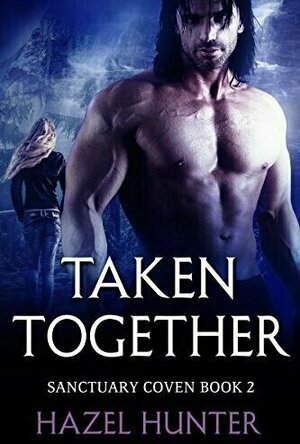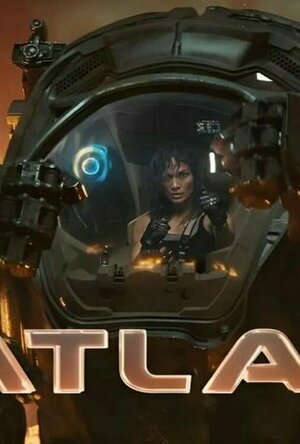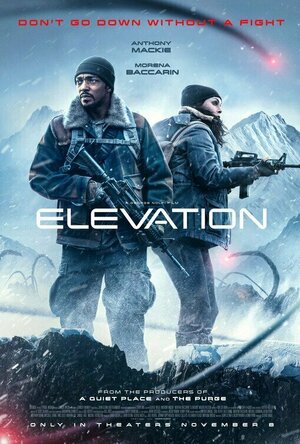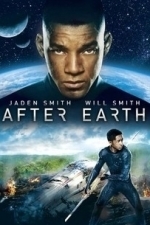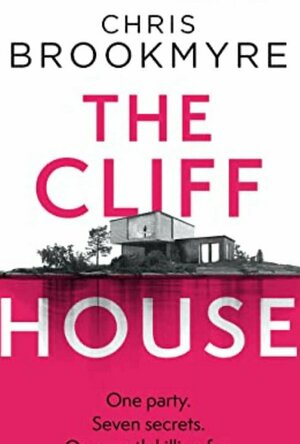
The Cliff House
Book
One hen weekend, seven secrets... but only one worth killing for Jen's hen party is going to be...
Scotland Psychological Thriller
Merissa (13597 KP) rated Taken Together (Sanctuary Coven Series #2) in Books
Jun 7, 2023
Well written and with excellent pacing, this book contains no editing or grammatical errors that I found. Definitely recommended. Some M/M and F/F action.
* A copy of this book was provided to me with no requirements for a review. I voluntarily read this book, and the comments here are my honest opinion. *
Merissa
Archaeolibrarian - I Dig Good Books!
Apr 22, 2016
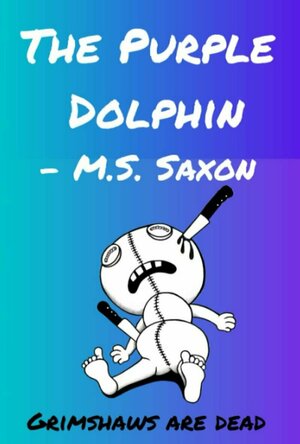
The Purple Dolphin
Book
A critical parent with alcohol issues, a parrot with a knicker fetish, death threats in the post....
women's fiction
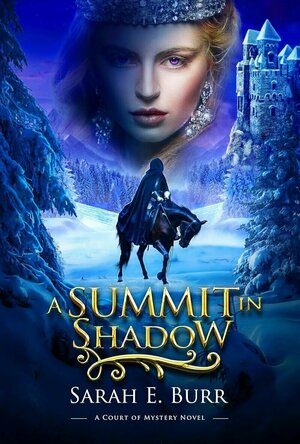
A Summit in Shadow
Book
Secrets gather beneath the snow. As winter settles across the land, Duchess Jacqueline Arienta...
David McK (3663 KP) rated Atlas (2024) in Movies
Dec 28, 2024 (Updated Dec 28, 2024)
Or her music career.
Not of what is, essentially, a version of the 1980s FASA miniatures game "Battletech" or the "MechWarrior" series if computer game spins offs.
Which is more-or-less what this feels like, with J-Lo's character in the future - who distrusts all technology - trapped inside the cockpit of a mobile armoured fighting robot (Gundam, perhaps, as another touchstone, or even Armoured Core) and needing to interact with the AI of said suit whilst on a mission to another planet to hunt down rogue AI - that she has a personal connection with - that attempted to commit genocide against the human race.
Actually better than I thought it would be, but unlikely to win any awards!
David McK (3663 KP) rated Elevation (2024) in Movies
Mar 9, 2025 (Updated Mar 9, 2025)
With his son sick and running out of life-saving medicine, Mackie's character Will resolves to travel 'below the line' to the nearest hospital, alongside his now-deceased wife's best friend and the woman whom he blames for said wife's death, in an attempt to procure more medicine and return back home with the same.
Film has a mid-credit scene, that sets up where the sequel (if it comes!) will go!

The Midnight of Eights (The Island of Angels #2)
Book
1580. Nelan Michaels docks at Plymouth after sailing around the world aboard the Golden Hind. He...
Historical Fiction Elizabethan Age of Discovery
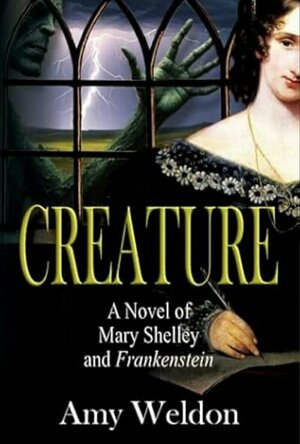
Creature: A Novel of Mary Shelley and Frankenstein
Book
In 1816, a nineteen-year-old single mother wrote a book that transformed our vision of birth,...
Historical fiction
Darren (1599 KP) rated After Earth (2013) in Movies
Jun 20, 2019
Actor Review: Jaden Smith – Kitai trained to become a soldier against creatures that sense fear but doesn’t seem to stop panicking. Poor performance in this film it clearly is too much too soon for the young man. Poor Performance Award, Miscasted Award (4/10)
jaden
Actor Review: Will Smith – Cypher the injured father who spends most of the film telling his son what to do and shouting because he doesn’t follow the instructions. Remember when Will Smith was a selling point for any movie, well this time he just sold out, gets the career back on track and stop working for money. Pay Check Performance Award (2/10)
will
Director Review: M. Night Shyamalan – You have to give this guy credit for being able to create an unusual world but this isn’t his written work, he creates some good scenes but still expect better. (5/10)
Action: Lacklustre action throughout. (5/10)
Adventure: It could have been a great adventure film. It is not. (5/10)
Sci-Fi: With the world creature it is a interesting look at the future. (7/10)
Special Effects: Some good but mostly poor CGI effects. (5/10)
Chemistry: The awkward chemistry between father and son tries to shine but fails. (6/10)
Believability: Anything could happen the future but this is too much to imagine. (1/10)
Chances of Tears: No (0/10)
Settings: Earth in the future is an interesting setting and creates some atmosphere but it could have easily been in a normal jungle with real animals. (5/10)
Suggestion: This is poor it will most likely go down in Will Smith’s career as his worst film. (Avoid)
Best Part: The final battle is you make it that far
Worst Part: The first hour is boring.
Action Scene Of The Film: The final battle
Kill Of The Film: The final creature
Oscar Chances: No
Chances of Sequel: No
Overall: Terrible sci-fi thriller
https://moviesreview101.com/2014/12/02/after-earth-2013/

Storm Radar with NOAA Weather
Weather and Lifestyle
App
Weather like you’ve never seen before with the Storm Radar app for iOS! Full screen interactive...
